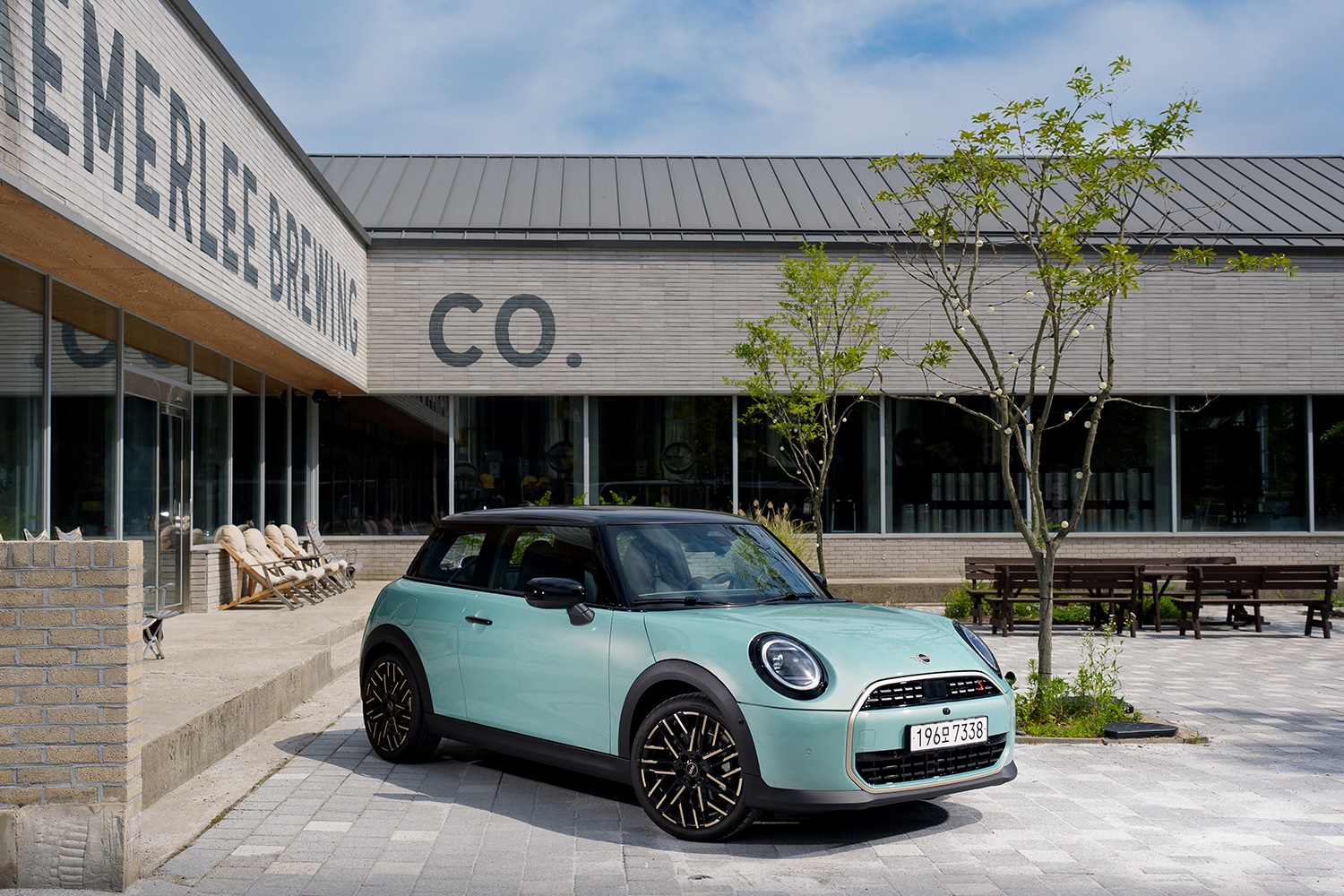
Here comes the MINI Coupe, bringing a rainy season with it. This is the more beautiful and smarter MINI Cooper S 3-Door, which is the fully changed 4th generation model after ten years. Regardless of opinions, MINI remains an icon that keeps pace with the times, a symbol of youth.
There are notable changes, but what catches the eye first is the ability to express emotions through the headlights. The circular design of the headlights along with the two lines within create a distinctive change. The brake lights also take on a new look. The rear combination lamp, with red base and black highlighting, evokes thoughts of Spider-Man’s webs rather than the Union Jack. Getting caught in it seems quite difficult…
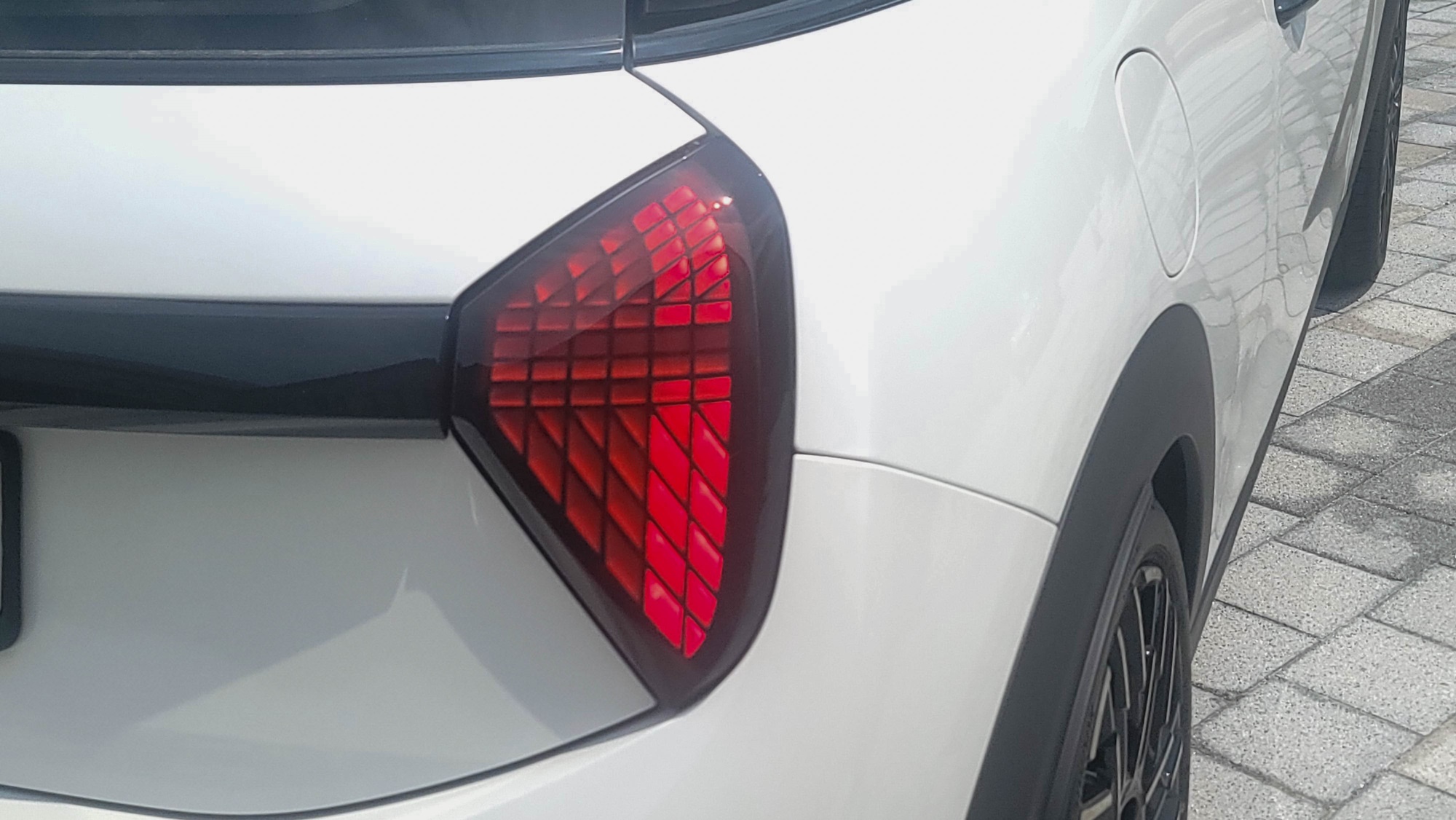
The instrument panel has disappeared. There’s nothing in the spot where the instrument panel should have been. Looking at the void, I let out words. “Huh? What is this?” All information is obtained and selected through the combiner-type head-up display and the center fascia monitor.
I may feel that I’m essential for the world to keep turning, but the world continues to function perfectly fine without me, perhaps even better. The same can be said for the instrument panel. Its absence is not inconvenient at all. It drives well. Why didn’t they get rid of it sooner?
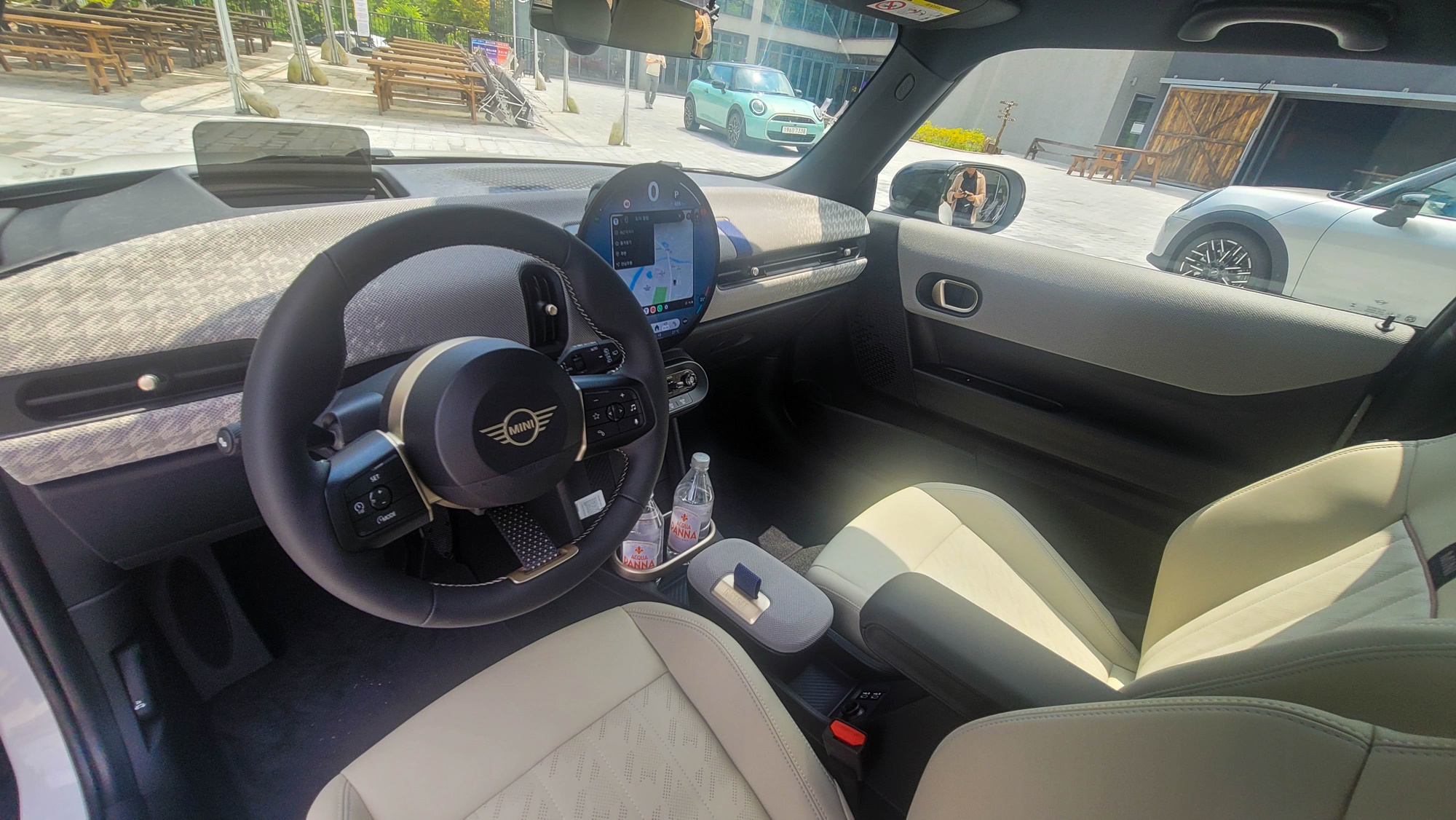
By eliminating the instrument panel, information is naturally shared. Major information is displayed on the center fascia monitor, allowing all passengers to view the information on the round screen together. Information that was once only for the driver is now exposed to everyone. This leads to an increase in backseat commentary. Fast driving makes it impossible to hide the speed. You can either endure the comments or drive slowly. That’s the effect of information sharing.
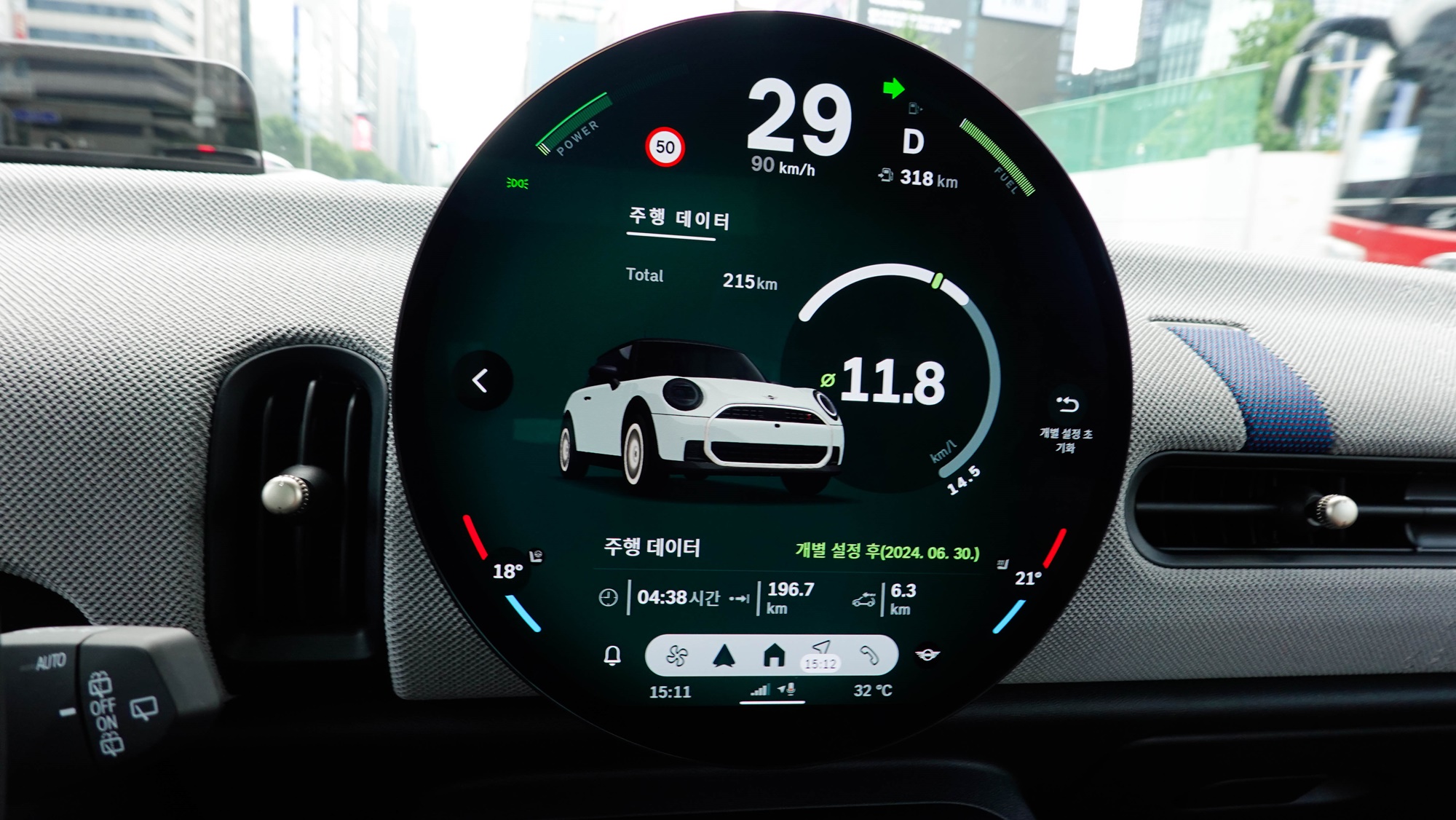
The screen that displays T-map is an OLED monitor developed in collaboration with Samsung Display. The clarity of the screen is captivating, but it was surprising how thin it is. I expected it to be thick and spread my fingers wide to grab it, but instead, it was delicate. You can see technology through a slim monitor. The round display, measuring 240mm in diameter, sits prominently where everyone’s eyes can see it, packed with numerous functions that are almost overwhelming to verify one by one.
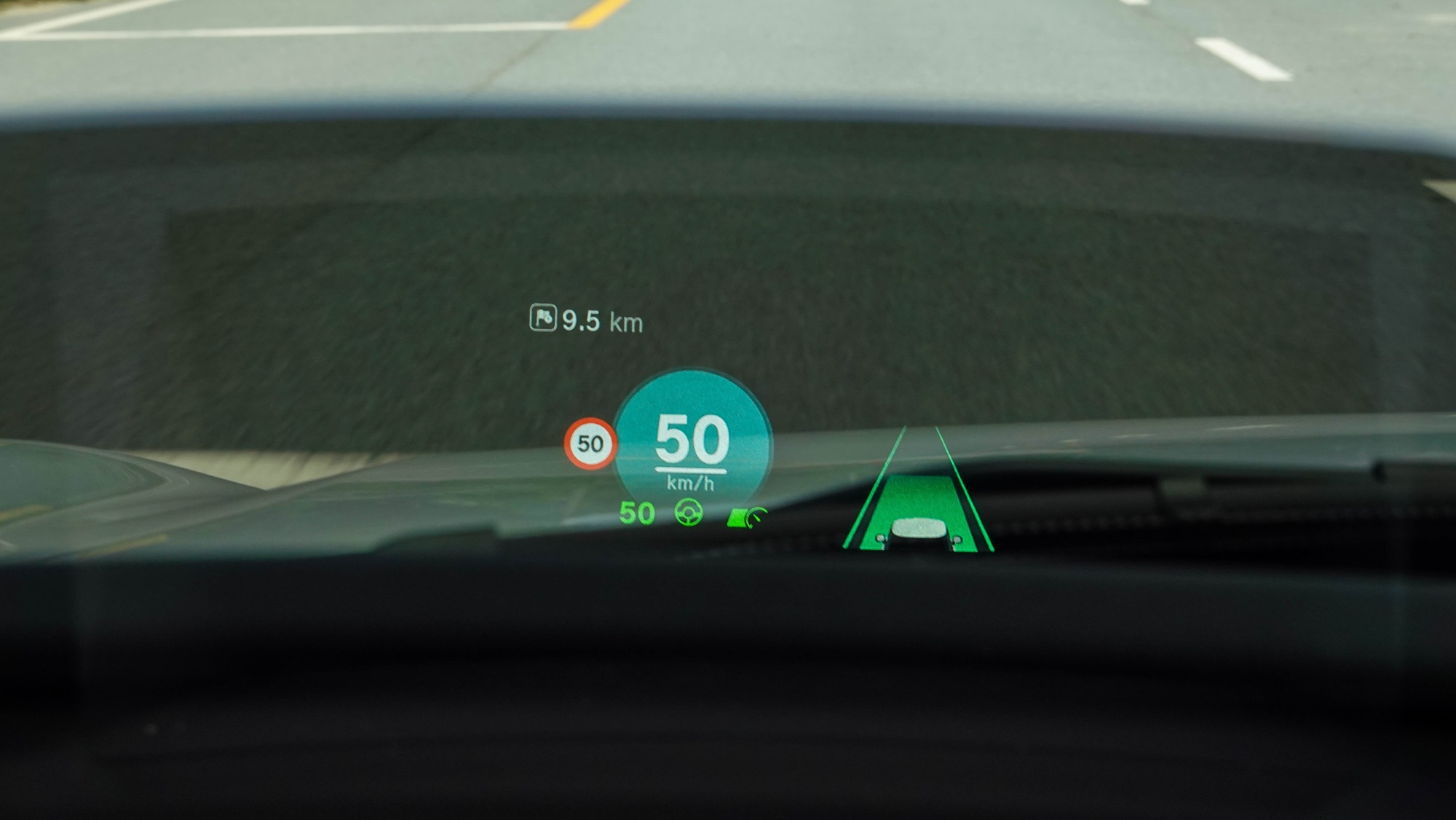
The steering wheel, which comfortably fills the hand, turns by 2.3 rotations. This steering ratio is just right to preserve the go-kart feel. Driving with this go-kart feeling constantly could be tiring. It smoothly shifts between driving in a fun, go-kart manner and engaging in a more relaxed drive. While the go-kart sensation is delightful, the ability to step out of it when needed is even more appealing. This is made possible through driving mode selection.
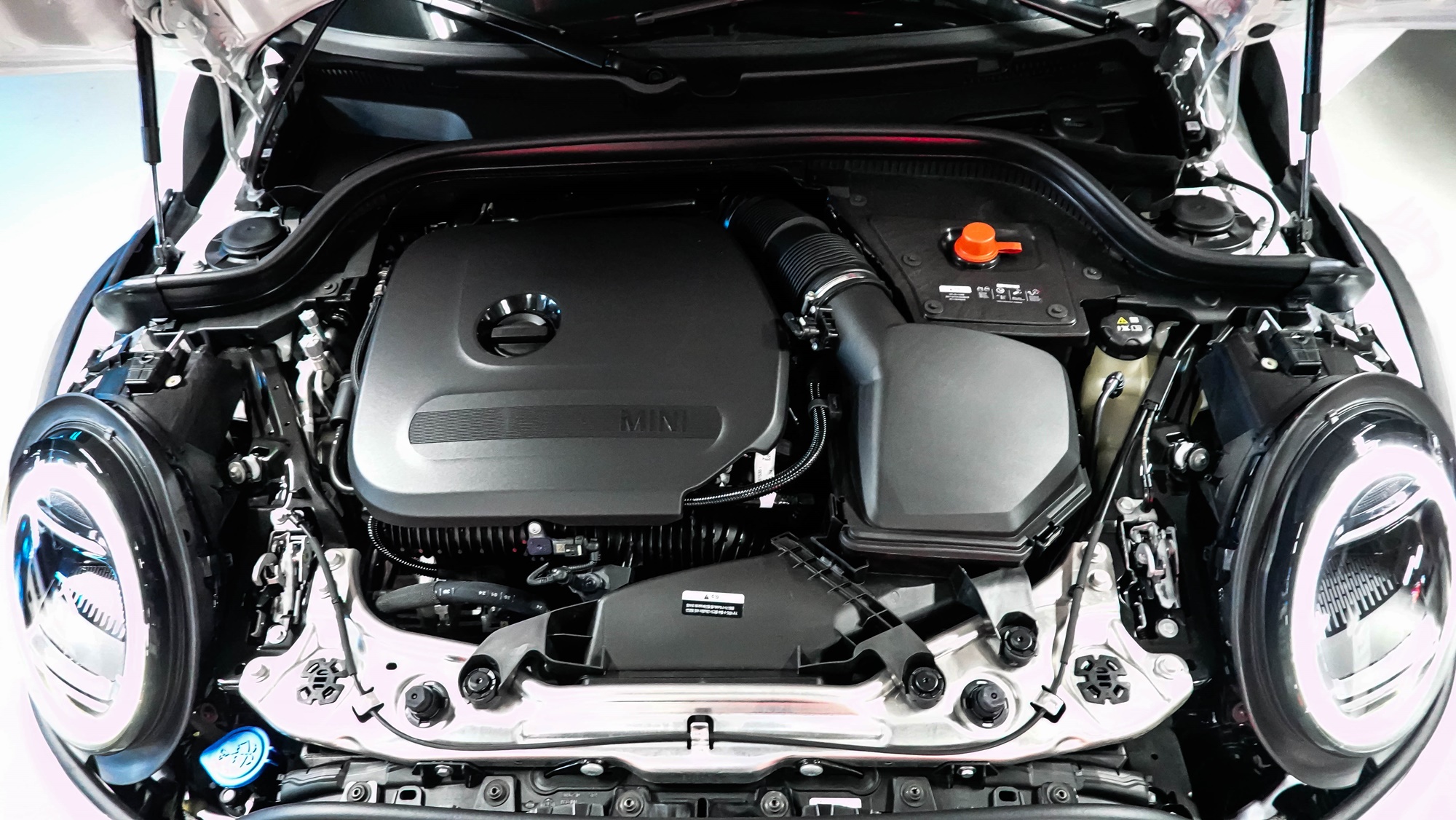
It is equipped with a 2.0 inline 4-cylinder turbo gasoline engine paired with a 7-speed dual-clutch transmission. Since there’s no electrified system, it could well be termed a ‘pure’ gasoline engine, offering 204 horsepower. This power allows for spirited driving, comfortable cruising, and getting decent speed. The car feels light, weighing only 1,355 kg, making the 204 horsepower feel even stronger. A firm push on the accelerator launches you forward. The power-to-weight ratio is 6.6 kg. It can touch 100 km/h in just 6.6 seconds.
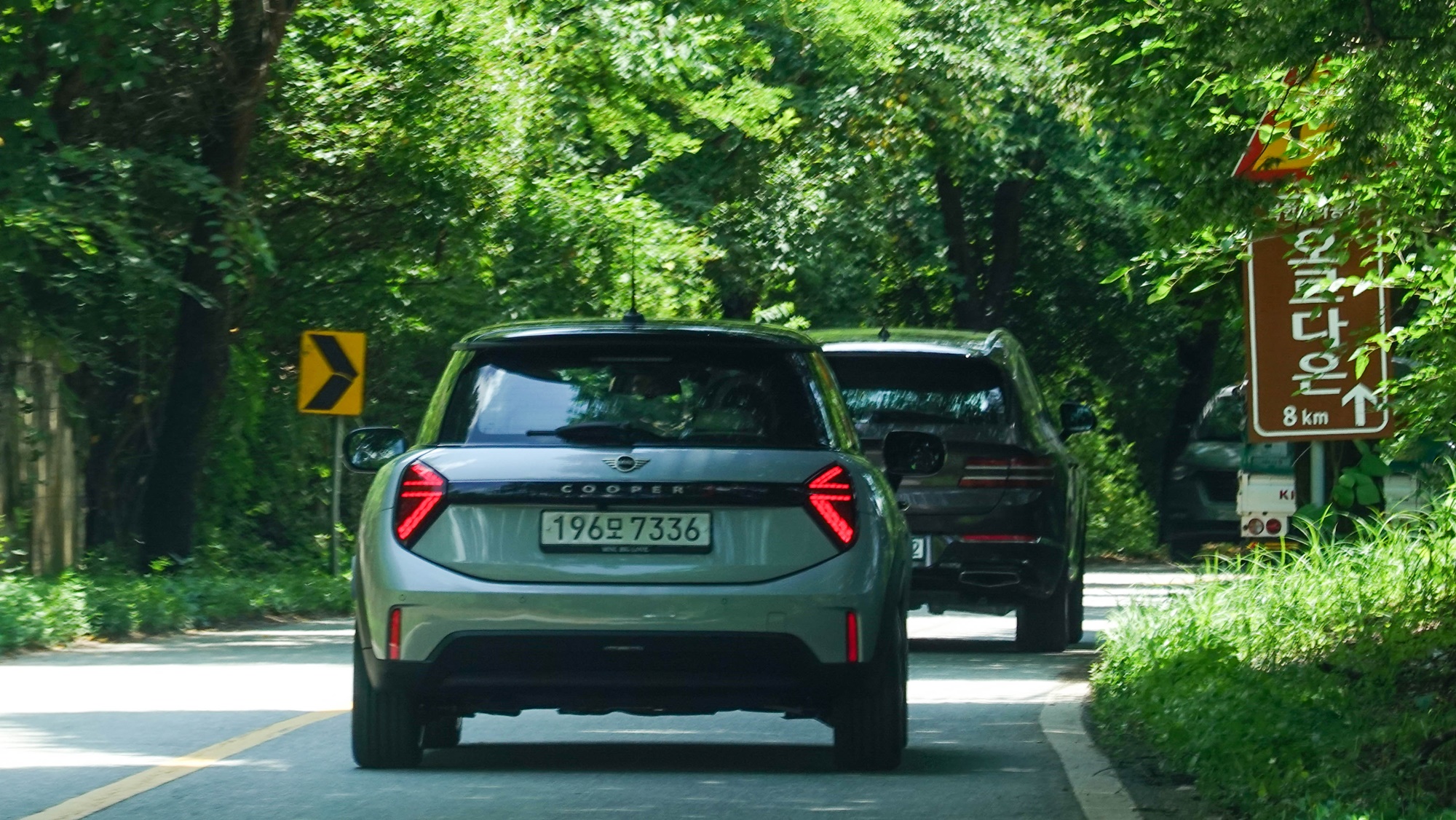
It would be great if there were more ways to enjoy this power, but unfortunately, there aren’t any. There are no paddle shifters, nor is there a manual mode. The only way to get the feel is by stepping on the accelerator. While increasing the engine RPM delivers a pretty robust response, pressing down makes it leap forward, and lifting my foot causes it to slow down swiftly. I enjoy the elastic-like response akin to a well-functioning rubber band.
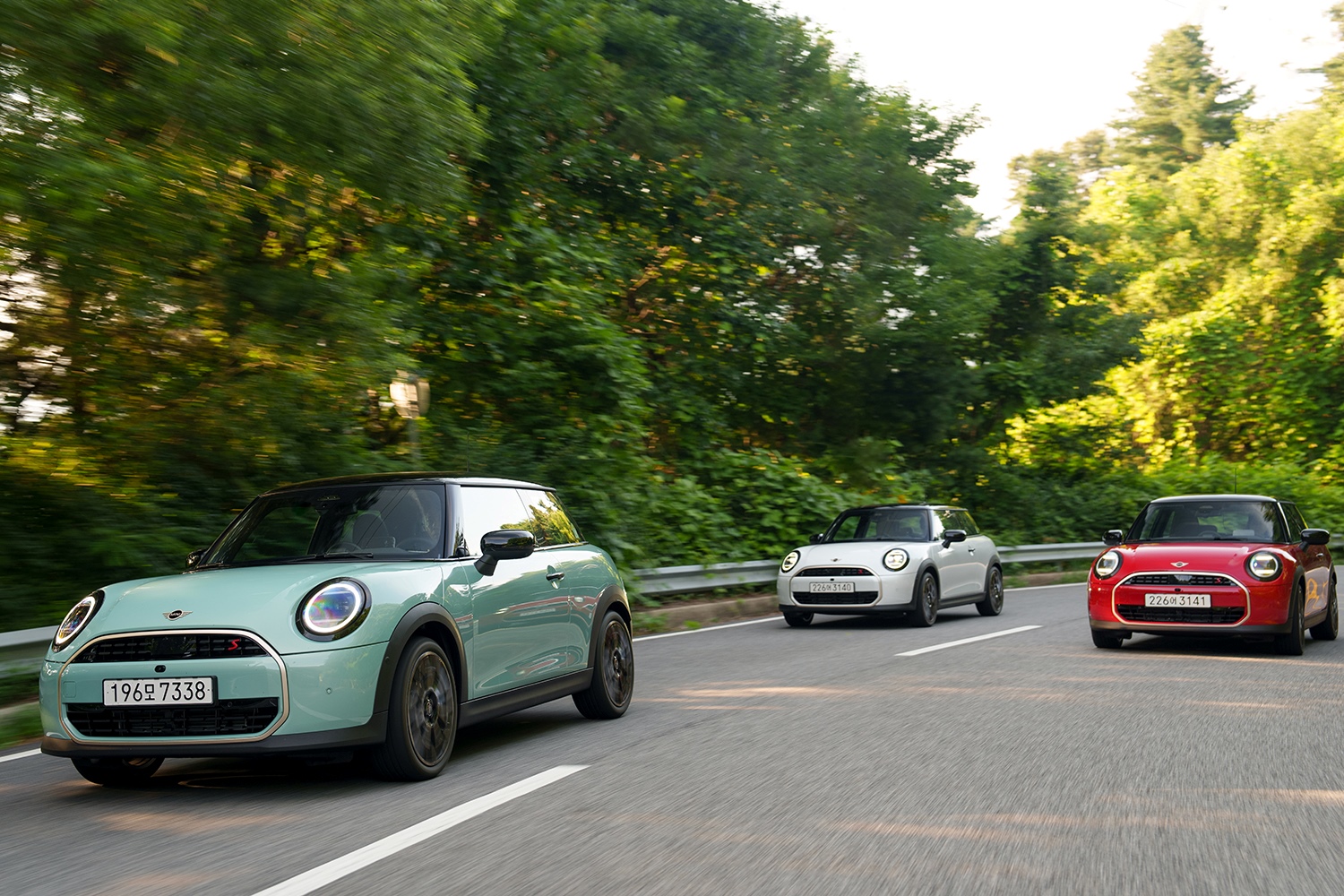
While I was joyfully speeding, a junior reporter sitting next to me asked, “How do you drive like this in a manual-like mode?” It was a compliment that inflated my ego. You’re saying I can do something you can’t? Pretending to be kind, but really showing off, I said, “You have to skillfully adjust the depth of the accelerator depending on the corner and slope! Watch closely!” While concealing my pride, I enjoyed the winding road of Jungmi Mountain. However… well, this happened.
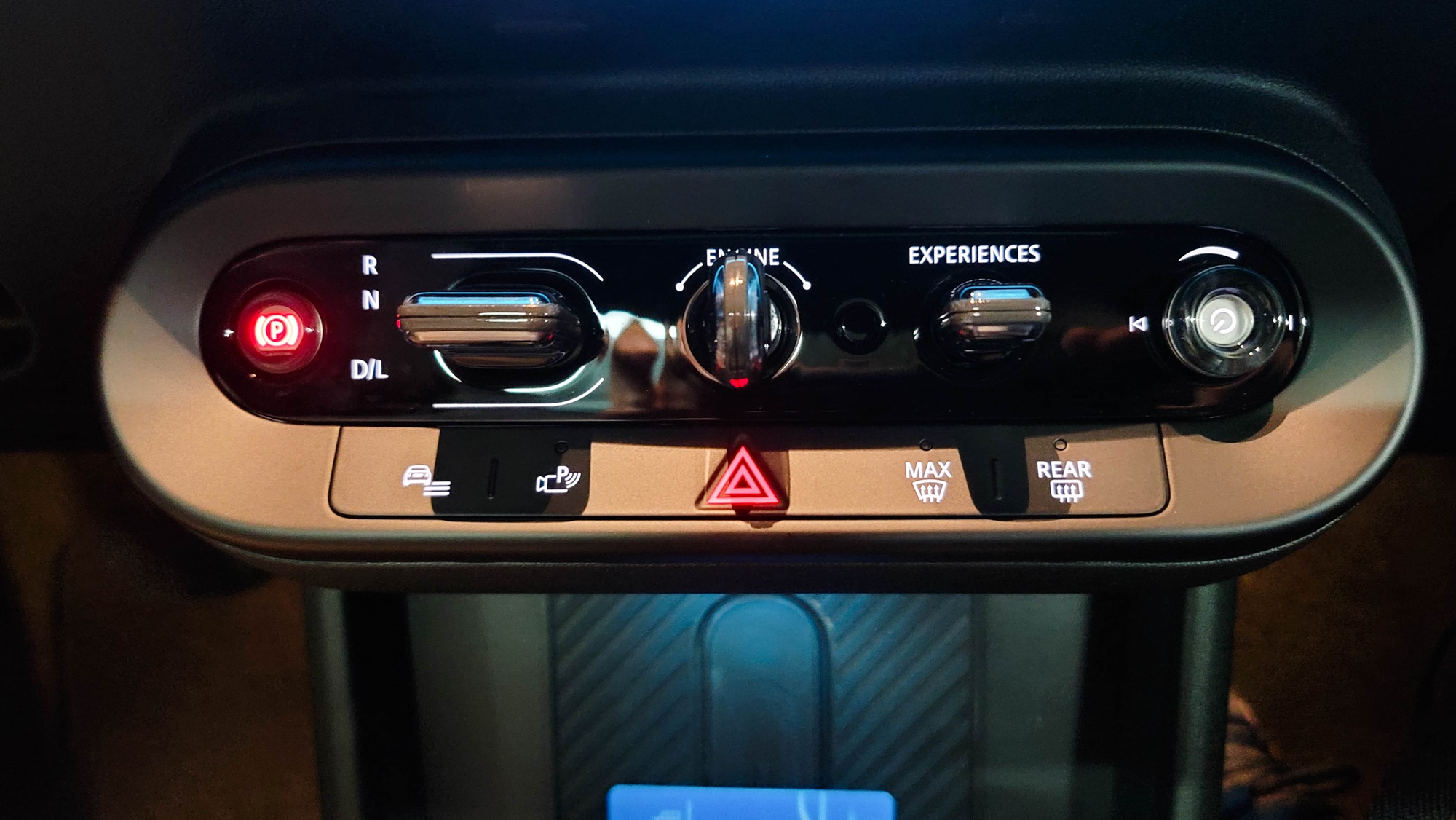
As I took a right turn, my eyes fixated on the gear switch. Oops. The green lamp on the gear switch was lit up on L instead of D. I thought it was in D, but it was actually in L. Casually moving to D while avoiding the junior reporter’s gaze brought a level of comfort I hadn’t experienced. The once responsive rubber band feeling now turned into that of an old elastic waistband. It was stretched just enough to provide a gentle pull. The tautness was lost. The junior reporter smiled silently.
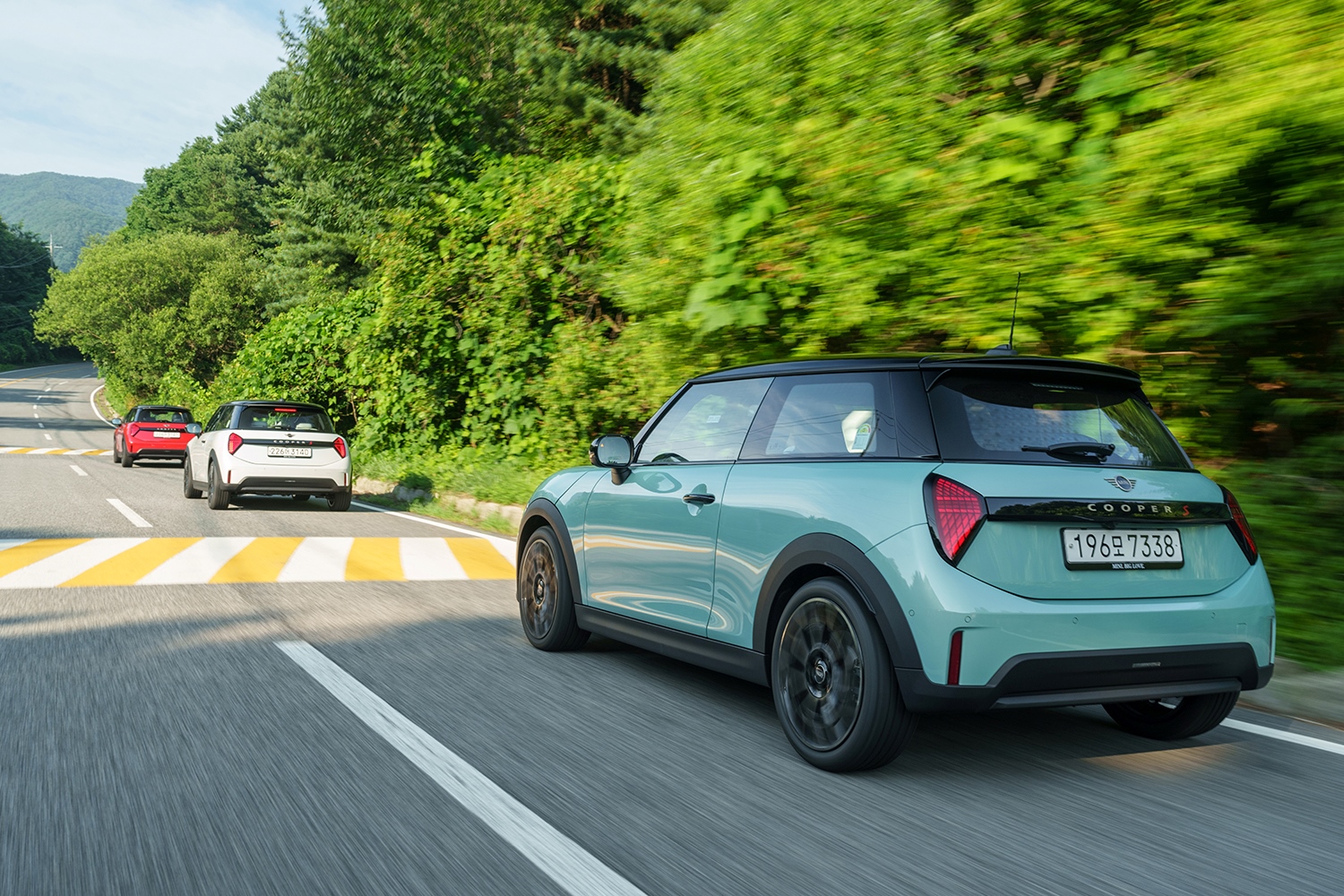
The secret to the manual shift-like feeling lies in the L mode. This is a low mode that ensures stronger driving power by increasing engine RPM. If you want to drive with vigor and strength like a manual transmission, try using L mode. The gear up and down shifts can be handled like a manual transmission with a strong response. It’s enjoyable. However, during hot summer climbs, the engine might overheat, so you’ll need to pay attention to the engine while enjoying the drive.
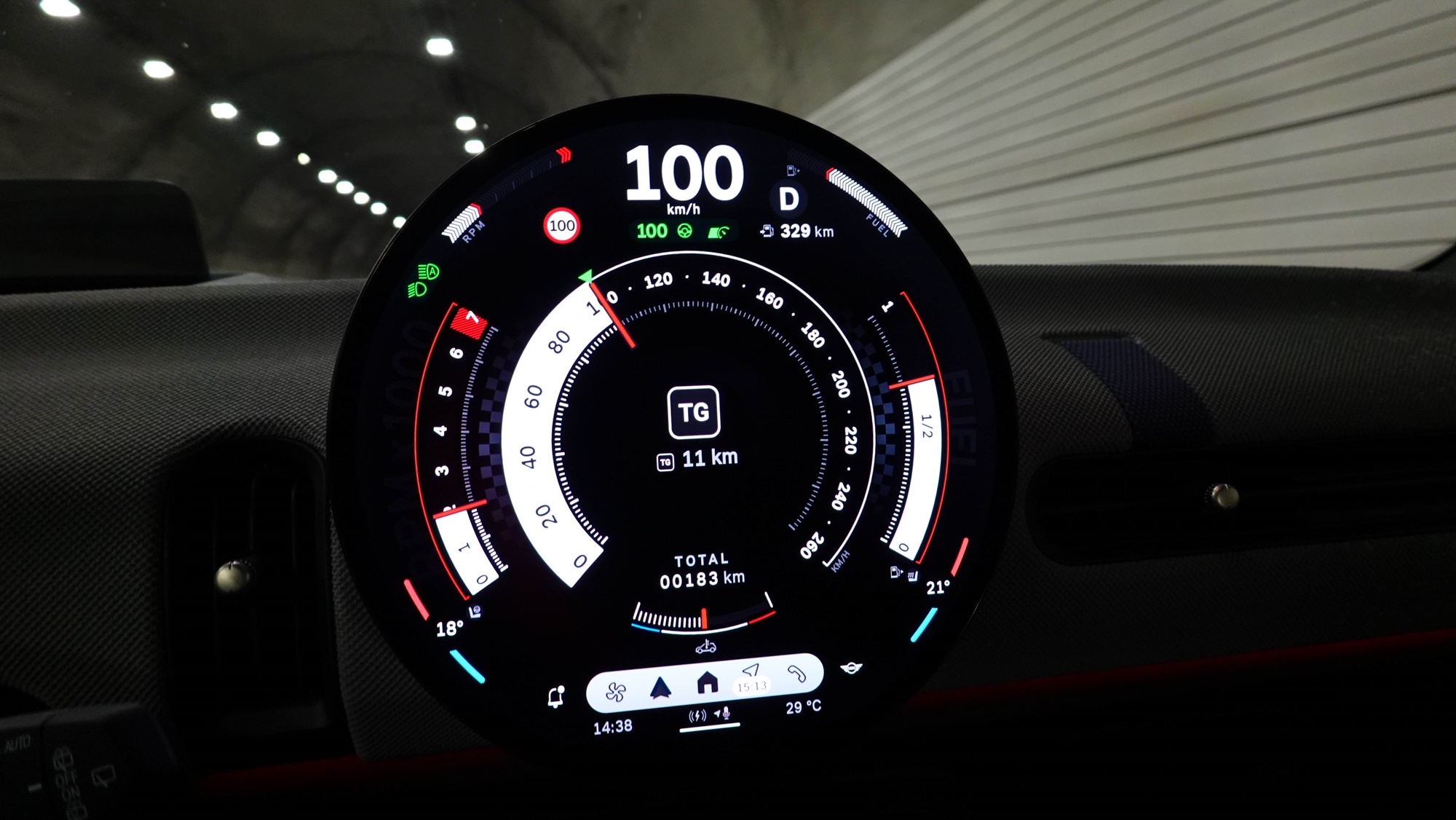
RPM is displayed in go-kart mode. When choosing go-kart mode and maintaining a speed of 100 km/h, it marks 2,000 RPM. The 7-speed dual-clutch raises the engine RPM slightly. You don’t always need to be in go-kart mode, as you can choose to drive comfortably in core mode or economically in green mode.

The certified combined fuel efficiency is 12.7 km/L. After leaving Seoul, traversing highways, and returning after 215 km, the fuel efficiency stood at 11.8 km/L. Speeding on the Seoul-Yangyang Expressway, exhilarating racing on the Jungmi Mountain winding road, and cruising alongside the Bukhan River past Cheongpyeong Dam yielded a fuel efficiency of 11.8 km/L. If you focus on economical driving, you can assure a better efficiency than the certified combined fuel efficiency.
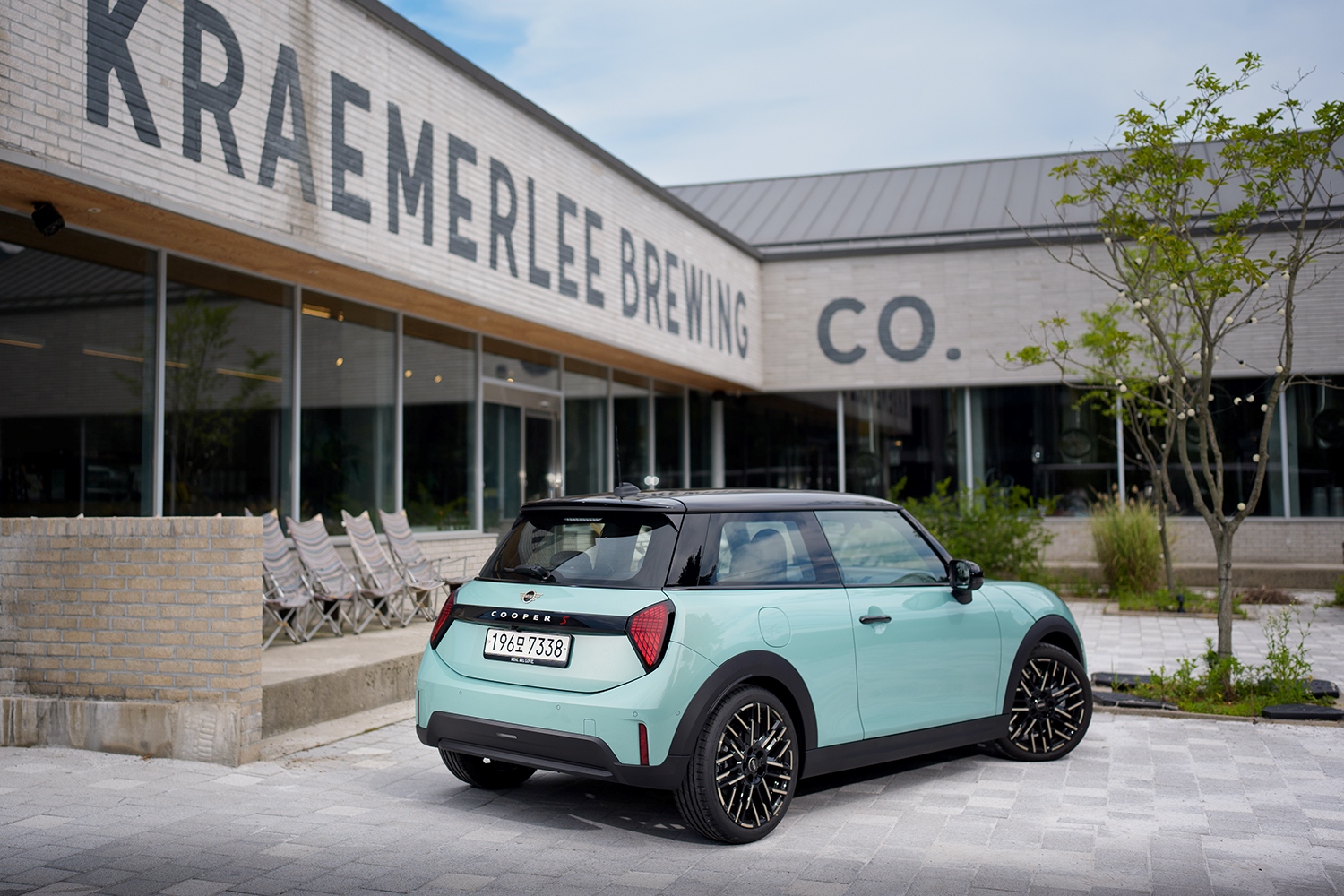
4,810,000 KRW. This is a youthful car designed for the spirited and unique millennials and Gen Zs. It sounds perfect for enjoying a meal together, just like taking a trip to eat maratanghuru in this car. It would indeed look good even for someone in their 60s. I wonder if it fits well into a minimal life post-retirement.
O Jong-hoon’s straightforward conclusion
Though it’s a 4-seater instead of a 5-seater, the second-row seats are still cramped. It must be accepted as the fate of a 3-door MINI. Though it’s a 4-seater, it’s best ridden as a pair for comfort.
If there were paddle shifters, it would have been a lot more fun to enjoy this car. Unfortunately, there aren’t any. Many times, my hands on the steering wheel search the air for the paddles. While L mode can be utilized, it doesn’t quite reach the fun of shifting manually with paddles. Allow us the freedom to add paddles for an even more enjoyable ride!
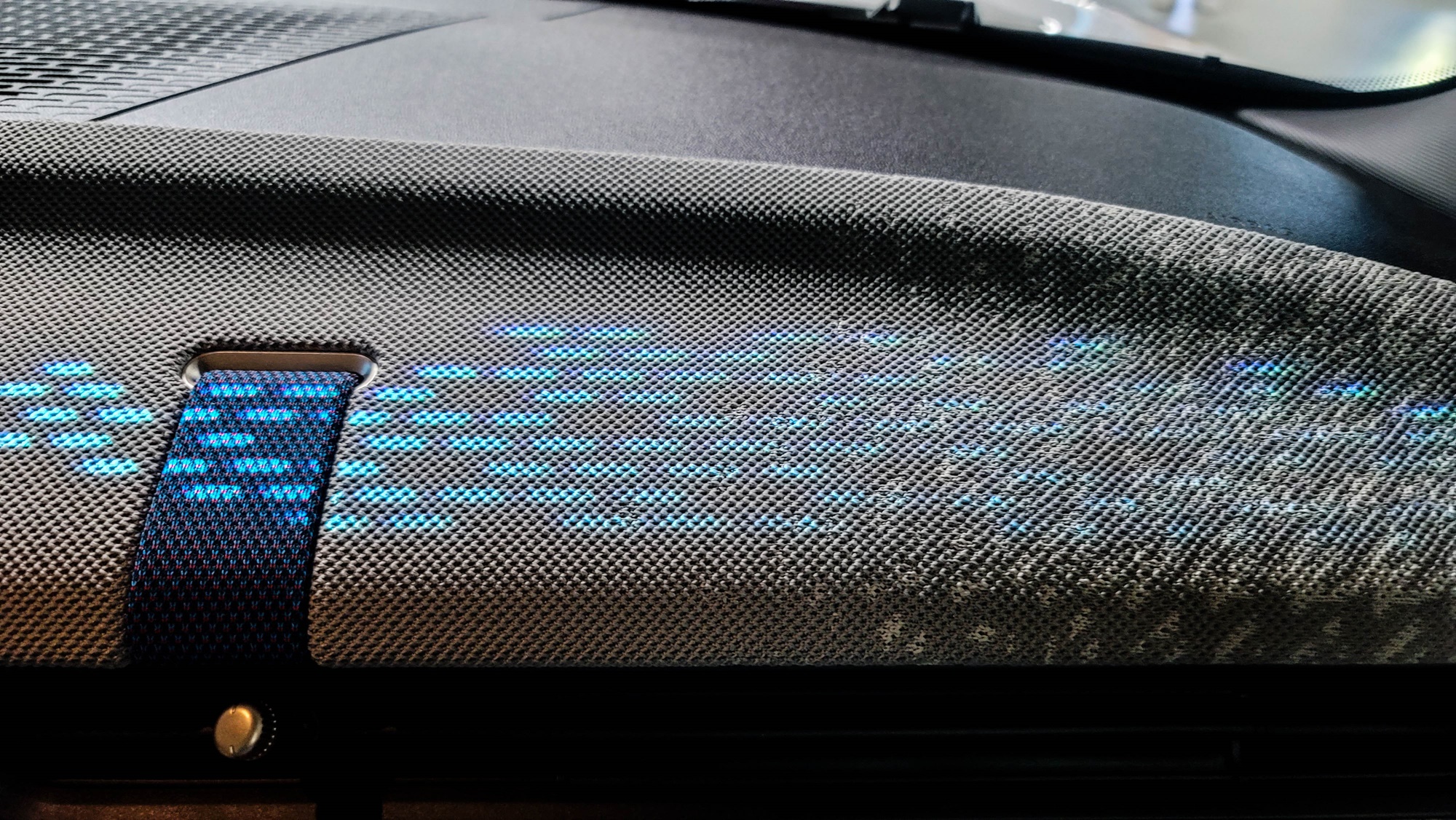
O Jong-hoon yes@autodiary.kr

